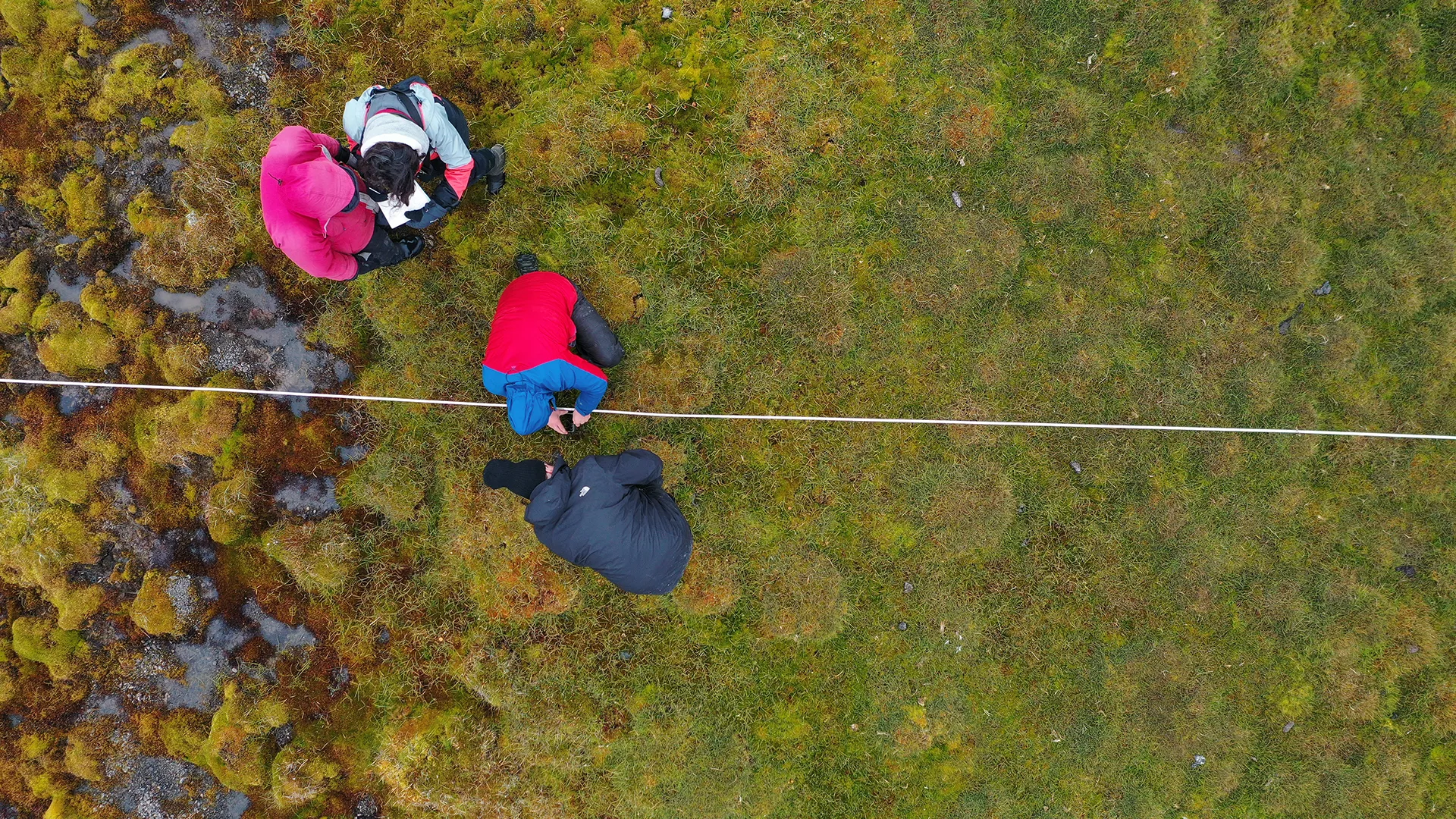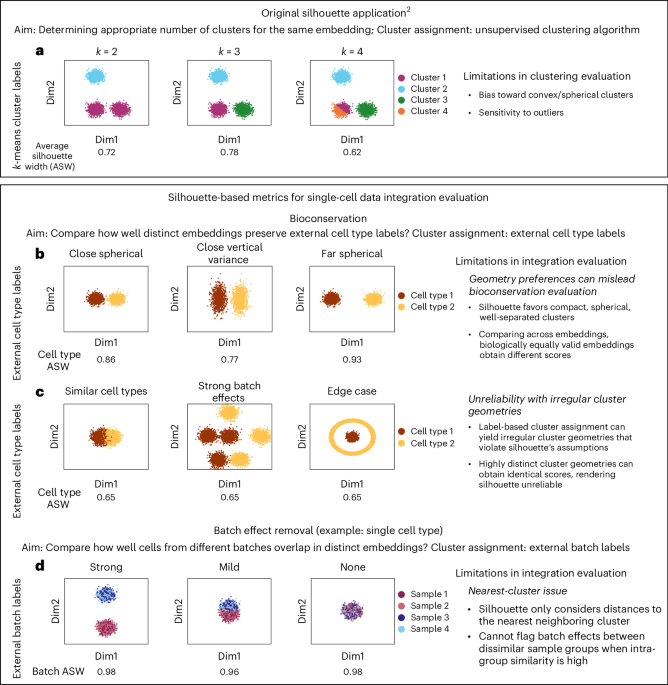Now Reading: Satellite Data Uncovers 40-Year Expansion of Arctic Peatlands
-
01
Satellite Data Uncovers 40-Year Expansion of Arctic Peatlands
Satellite Data Uncovers 40-Year Expansion of Arctic Peatlands

Swift Summary
- research Findings: Peatlands across the Arctic have expanded over the last 40 years as the climate warms, creating new opportunities to store carbon and perhaps mitigate climate change.
- Methodology: Researchers used satellite data, drones, and field observations to assess growth at 16 peatland sites in both low and high Arctic regions. Expansion was observed at more than two-thirds of sites.
- Significance of Peatlands: Though peatlands cover only 3% of Earth’s surface, they store about 600 billion tons of carbon-more than all global forest biomass combined.
- Concerns Amid Benefits: While expansion presently contributes as a natural carbon sink, extreme warming could cause peatland degradation, releasing stored carbon and worsening the climate crisis. Future sustainability is also uncertain due to possible shifts in rainfall patterns and methane emissions alongside temperature increases.
- Additional Findings: The largest peatland growth occurred in areas with higher temperature increases like Norway’s Svalbard Islands. Peak-summer greening showed evidence of increased plant formation at existing edges.
- Study Details: This study was led by researchers from the University of Exeter after overcoming logistical challenges such as funding rejections, COVID lockdowns disrupting fieldwork schedules, and navigating harsh Arctic conditions (like polar bear safety training).
Indian Opinion Analysis
This research underlines an intricate relationship between rising temperatures and ecosystem response in Arctic environments-a topic relevant globally but indirectly significant for india too. While this progress offers short-term advantages through enhanced carbon storage via expanding peatlands, its long-term implications signal broader challenges requiring immediate attention to reduce greenhouse gas emissions worldwide.
For India-which faces its own growing environmental challenges like deforestation or wetland loss-the findings emphasize investing heavily in sustainable land-management practices before ecosystems reach tipping points affecting their stability. Moreover,India’s policy-makers can draw insights from this study on how warming may similarly reshape ecological balances locally if preventive strategies are delayed.
The multifaceted backdrop surrounding this project also highlights collaborative international science efforts bridging local expertise (e.g., Inuit guides) with advanced technologies-models Indian conservationists may emulate while confronting regional threats intensified by climate change.


























